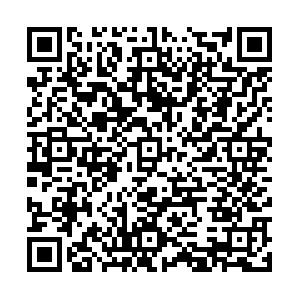|
余丽莎,孙晓红,马黔平,等. 贵州省少数民族地区部分成人高尿酸血症的相关因素分析 [J]. 中华疾病控制杂志,2015,19(5):443-446
|
|
李海波,兰莹莹,张自云,等. 轻中度高血压患者血尿酸水平调查分析 [J]. 中华疾病控制杂志,2014,18(5):419-422.
|
|
王庆文,陈韧,杜丽川,等. 原发性痛风的临床和流行病学研究 [J]. 中华内科杂志,2001,40(5):313-315.
|
|
朱君,余俊文. 高尿酸血症和痛风的流行病学及其危险因素的研究进展 [J]. 现代生物医学进展,2008,8(1):191-195.
|
|
Luk AJ, Simkin PA. Epidemiology of hyperuricemia and gout [J]. Am J Manag Care, 2005,11(15 Suppl):S435-S442.
|
|
Edwards NL. The role of hyperuricemia and gout in kidney and cardiovascular disease [J]. Cleve Clin J Med, 2008,75(5):S13-S16.
|
|
Choi HK, Atkinson K, Karlson EW, et al. Purine-rich foods, dairy and protein intake, and the risk of gout in men [J]. N Engl J Med, 2004,350(11):1093-1103.
|
|
Choi HK, Atkinson K, Karlson EW, et al. Alcohol intake and risk of incident gout in men: a prospective study [J]. Lancet, 2004,363(9417):1277-1281.
|
|
Zhang Y, Woods R, Chaisson CE, et al. Alcohol consumption as a trigger of recurrent gout attacks [J]. Am J Med, 2006,119(9):800.
|
|
Yu KH, See LC, Huang YC, et al. Dietary factors associated with hyperuricemia in adults [J]. Semin Arthritis Rheum, 2008,37(4):243-250.
|
|
Moriwaki Y, Ka T, Takahashi S, et al. Effect of beer ingestion on the plasma concentrations and urinary excretion of purine bases: one-month study [J]. Nucleosides Nucleotides Nucleic Acids, 2006,25(9-11):1083-1085.
|
|
邵继红,徐耀初,莫宝庆,等. 痛风与高尿酸血症的流行病学研究进展 [J]. 疾病控制杂志,2004,8(2):152-154.
|
|
Xiang YJ, Dai SM. Prevalence of rheumatic diseases and disability in China [J]. Rheumatol Int, 2009,29(5):481-490.
|

 点击查看大图
点击查看大图



 下载:
下载: